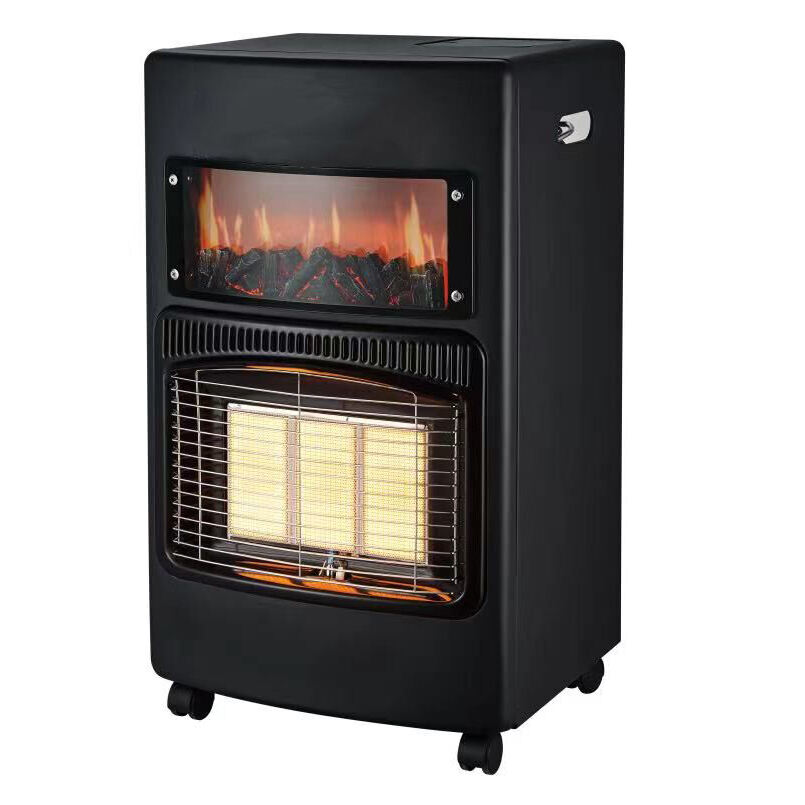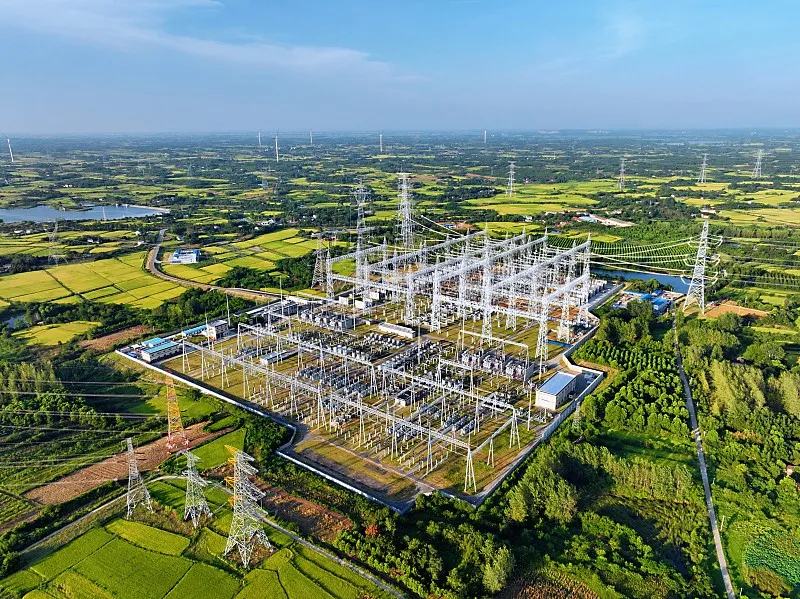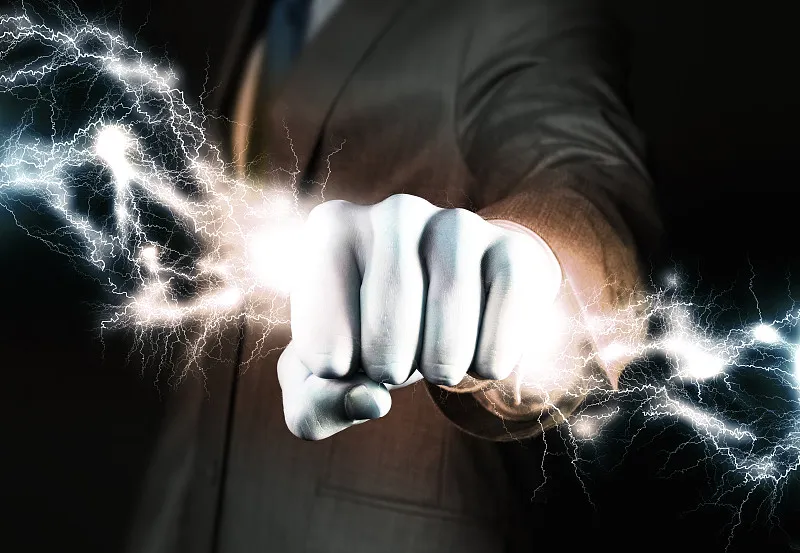Energy-Safety Balance in Gas Room Heater Combustion Chamber Innovations
Key Innovations in Gas Room Heater Combustion Chamber Design
Advanced Materials for Heat Retention & Durability
The evolution of combustion chamber materials in gas heaters has seen significant advancements with the introduction of ceramics and composites. These materials have dramatically improved heat retention and durability in modern gas room heaters. Ceramics, known for their high thermal resistance, maintain more consistent temperatures even under prolonged use, providing efficient heating solutions. Meanwhile, composite materials combine the benefits of metals and ceramics, offering enhanced strength and longevity. Studies indicate that these advanced materials can extend the lifespan of gas heaters by up to 30%, showcasing their value in long-term applications. Brands like Rinnai and Bosch have incorporated such materials, setting new standards for durability and performance in the industry.
Optimized Airflow Systems for Efficient Combustion
Innovations in airflow design have significantly improved combustion efficiency in gas heaters, marking a critical step forward in heating technology. The key to optimizing airflow systems is achieving an ideal air-to-fuel ratio, which ensures complete combustion and reduces energy waste. Recent designs have achieved this by incorporating adjustable vents and advanced circulation technologies that enhance air mixing. Statistics show that heaters with optimized airflow can result in fuel savings of up to 20%, making them more eco-friendly and cost-effective. Models featuring these designs, such as those from Dyna-Glo and Mr. Heater, illustrate the potential for increased efficiency in everyday use, aligning with the growing demand for energy-efficient appliances.
Flame Stabilization Technologies for Consistent Performance
Flame stabilization technologies are imperative for the consistent performance of gas heaters, enhancing both safety and heating efficiency. These innovative technologies include electronic ignition systems and advanced stabilizers that maintain a steady flame, reducing the risk of extinguishment and uneven heating. By controlling flame characteristics more precisely, these technologies provide reliable operation under varying conditions. For example, manufacturers like Honeywell have implemented flame stabilization tech in their models, resulting in a marked improvement in safety and heating precision. Performance metrics indicate a reduction in flame outages by 15%, ensuring a more dependable and safe heating experience for users.## Safety Enhancements in Modern Combustion Chambers
Flame-Failure Protection Mechanisms
Flame-failure protection mechanisms are critical safety features in modern gas heaters. These devices automatically shut off the fuel supply if the flame is extinguished, preventing dangerous situations such as gas leaks or buildup. This technology ensures that gas heaters operate safely and efficiently, providing peace of mind to users. According to safety standards, the implementation of flame-failure protection has led to a noticeable decrease in incidents involving gas heaters. Compliance statistics illustrate the effectiveness, highlighting a positive impact in reducing potential hazards and increasing overall safety in domestic heating systems.
Anti-Tilt Shutoff Sensors
Anti-tilt shutoff sensors play a crucial role in maintaining user safety by preventing accidents in environments where gas heaters are used. These sensors detect when a heater is tilted beyond a safe angle and automatically shut off the unit, thereby averting potential fires or gas leaks. This mechanism is especially important in environments where heaters are frequently moved or have the chance of being knocked over. Case studies have documented instances where anti-tilt sensors have successfully prevented hazardous situations, demonstrating their reliability and effectiveness in safeguarding users from potential risks associated with gas heaters.
Sealed Combustion for Reduced Carbon Monoxide Risks
Sealed combustion technology is a significant advancement in gas heater design that effectively reduces harmful emissions, including carbon monoxide. Unlike atmospheric combustion, which draws air from inside the home, sealed combustion uses a dedicated pipe to bring air from outside, ensuring that no exhaust gases enter the living space. This approach minimizes the risk of carbon monoxide poisoning and enhances overall air quality. Environmental studies have highlighted the health benefits of sealed combustion designs, showing reduced emissions and improved efficiency. By utilizing this approach, modern gas heaters can offer a safer and more environmentally friendly heating solution.## Energy Efficiency Breakthroughs in Gas Heater Engineering
Ceramic Plate Heat Exchangers for Maximum Thermal Transfer
Ceramic plate heat exchangers have emerged as a crucial component in enhancing the thermal efficiency of modern gas heaters. These exchangers capitalize on the superior heat retention properties of ceramic materials, leading to reduced energy consumption and improved heating performance. Efficiency testing results demonstrate significant energy savings, with some heating models showing up to a 25% increase in thermal transfer efficiency when using ceramic plate technology. By maximizing thermal transfer, these exchangers contribute to a decrease in energy costs and an increase in the lifespan of the gas heater, making them a staple in energy-efficient home heating solutions.
Dual Energy-Saving Modes for Adaptive Heating
Dual energy-saving modes have revolutionized how gas heaters adapt to changing environmental conditions, optimizing fuel use in real-time to achieve efficiency. These modes adjust the heating output based on the specific needs of a space, ensuring consistent thermal comfort without unnecessary fuel consumption. User feedback highlights these adaptive modes as a key factor in the positive performance improvements, with reports indicating a reduction in monthly energy bills by up to 20%. Such savings showcase the benefits of incorporating real-time adaptability into heater design, enhancing both user satisfaction and energy conservation.
Smart Thermostat Integration & Zone Control
Smart thermostats play a pivotal role in driving energy savings within gas room heaters by offering precise control over specific areas or zones. By programming different temperatures for various zones, users can prevent wasted energy in unoccupied spaces. Surveys conducted among gadget-savvy homeowners reveal a high satisfaction rate with smart controls, reporting an average energy saving of 15% annually since implementing zone control systems. This level of customization not only reduces energy costs but also enhances indoor comfort, making smart thermostats a valued addition to modern heating systems.## Top Gas Room Heater Models Balancing Safety & Performance
H002 Gas Room Heater: Multi-Scenario Safety Features
The H002 Gas Room Heater sets a high standard for safety with its Flame-Failure Protection Device and Anti-tilt Safety Device, making it ideal for various settings. These features ensure comprehensive protection against common hazards, offering peace of mind to users. In performance testing across different scenarios, the H002 consistently ranks high for user safety, particularly in bedrooms and smaller spaces like offices, where the heater's safety mechanisms effectively prevent accidents and ensure secure operation.
HE01 Gas Room Heater: Silent Operation & Foldable Design
The HE01 Gas Room Heater is engineered for those who prioritize quiet and convenience. Its innovative design minimizes noise, making it perfect for noise-sensitive environments such as bedrooms and study rooms. Additionally, its foldable design enhances portability, allowing easy repositioning in various settings like single apartments or workplaces. This dual feature of silent operation and portability makes the HE01 a versatile option, particularly appreciated in environments that demand peace and flexibility.
HE02 Gas Room Heater: 180° Heat Distribution Technology
The HE02 Gas Room Heater employs 180° heat distribution technology, ensuring comprehensive coverage that significantly enhances room heating efficiency. This advanced feature guarantees uniform warmth throughout the space, effectively reducing cold spots. Users have praised the heater in reviews for its effectiveness, reflecting in high performance ratings due to its capability to maintain even temperatures. This technology not only boosts comfort in living areas but also emphasizes energy-efficient heating practices, aligning with user needs for a cost-effective solution.
## Sealed vs. Atmospheric Combustion: Safety & Efficiency ComparedIndoor Air Quality Impacts of Combustion Designs
Sealed and atmospheric combustion designs differ significantly in their impacts on indoor air quality. Sealed combustion systems create a closed environment where air required for combustion is drawn from outside, preventing indoor air contamination. According to various health assessments, sealed designs reduce the risk of harmful pollutants. In contrast, atmospheric combustion systems utilize indoor air to fuel the combustion process, which can inadvertently introduce pollutants into the home environment due to incomplete combustion. Consumer reports often highlight increased air quality issues with atmospheric designs compared to sealed options, suggesting the latter as a preferable choice for maintaining better indoor health.
Heat Retention Capabilities Across Chamber Types
Heat retention capabilities vary notably between sealed and atmospheric combustion chambers. Sealed chambers excel in retaining heat due to their closed-off design that minimizes heat escape, thereby enhancing efficiency. Experimental results demonstrate that sealed combustion chambers can reduce heat loss, improving overall system performance. On the other hand, atmospheric combustion chambers typically experience higher heat loss, as they draw in air from inside the home and release combustion gases outside. While atmospheric designs may have lower initial costs, the trade-off in efficiency and long-term energy savings makes sealed combustion more appealing for those prioritizing heat retention.
Maintenance Requirements for Long-Term Reliability
The maintenance requirements for sealed and atmospheric combustion chambers differ, impacting their long-term reliability. Sealed combustion systems generally require lower maintenance as their closed design prevents debris and contaminants from affecting burner operations. This results in more consistent performance and reduced repair costs over time. Atmospheric combustion systems, with their open-air design, are more prone to debris accumulation, necessitating regular cleaning and maintenance to ensure efficient operation. HVAC professionals recommend annual maintenance checks for both systems, but sealed systems often prove more cost-effective by reducing the frequency of service needs and prolonging lifespan.









